TORONTO, Canada: A new study has shown that dentists are playing an important role in detecting oral cancer. After examining data gathered over an 11-year period in a provincial study—the first of its kind—researchers found that dentists in the Canadian province of Ontario are detecting more cases of oral cancer and precancer than ever before. Early detection of cancer increases the chances of successful treatment and is therefore key to saving patients’ lives.
In the study, researchers at the University of Toronto looked at 63,483 biopsies submitted to the Faculty of Dentistry’s Toronto Oral Pathology Service (TOPS) between 2005 and 2015. “We wanted to look at the scope of oral biopsies performed by dentists, what they’re seeing in practice,” said the lead author of the study Dr. Marco Magalhaes, an assistant professor in the Faculty of Dentistry and an oral pathologist at TOPS. The biopsy data from TOPS was then compared with numbers collected by the Ontario Cancer Registry, Cancer Care Ontario, which tracks all reported cases of cancer in the province.
The data showed a steep rise in the overall numbers of carcinomas and dysplasia detected by dentists. Overall, 828 cases of oral cancer were diagnosed by TOPS between 2005 and 2015, along with 2,679 premalignant lesions. However, the percentage of oral cancer detection by oral health professionals rose significantly over time. In 2005, only 56 cases of oral cancer and 99 cases of oral epithelial dysplasia were detected through biopsy. By 2015, the number of cancers had nearly doubled, rising to 103 cases of oral cancer. Dysplasia cases more than tripled from 2005, rising to 374 cases. “These numbers are important because the number of diagnosed cases outpaced both the rise in population in Ontario and the increased number of dentists licensed in Ontario,” said Magalhaes.
The number of cases detected at TOPS rose by 180 percent, a significantly higher increase than the 30 percent overall increase of oral cancers recorded in the province over that same period. Cancer Care Ontario identified a total of 9,045 cases of oral cancer between 2005 and 2015.
According to Magalhaes, comprehensive training and continuing education programs for oral health professionals may explain why dentists in Ontario play such an important role in early detection of cancer. While advanced oral cancers are fairly easy to detect, premalignant lesions and early cancer, which are crucial to survival rates, can be harder to spot without specialized training, he explained. According to the Canadian Cancer Society, patients treated in the early stages of oral cancer have the highest survival rates, between 75 and 93 percent over five years depending on the tumor site. The number drops to approximately 38–63 percent over five years when the cancer is detected at a locally advanced or regional stage.
The study, titled “Increase in detection of oral cancer and precursor lesions by dentists: Evidence from an oral and maxillofacial pathology service,” was published online on April 25, 2019, in the Journal of the American Dental Association ahead of inclusion in an issue.
Tags:
RIYADH, Saudi Arabia: Oral cancer constitutes a major front in the global fight against non-communicable diseases, and heightened public awareness of risk ...
SOLNA, Sweden: In a recent study, researchers at Karolinska Institutet have found a link between the presence of oral bacteria in cystic pancreatic tumours ...
RIZE, Turkey: According to the American Cancer Society, 58,450 new oropharyngeal cancer cases and 12,230 deaths are expected in the US alone in 2024. The ...
NORMAN, Okla., U.S.: A considerable proportion of oral cancer diagnoses are made when the cancer is advanced. A University of Oklahoma (OU) researcher is ...
CHENGDU, China/SENDAI, Japan: Roughly forty million individuals around the world were living with HIV/Aids in 2021. Highly active antiretroviral therapy ...
GENEVA, Switzerland: The global regulation of dental amalgam has entered a new phase after parties to the Minamata Convention on Mercury adopted a decision ...
NEW YORK, US: Oral tumours can cause agonising pain and thus greatly impair the quality of life of patients. Researchers from the New York University ...
LONDON, UK: Seeking to improve oral cancer detection and treatment, researchers from Queen Mary University of London have developed the first polymerase ...
HELSINKI, Finland: Human papillomavirus (HPV) causes roughly 2% of oral cavity or laryngeal cancers and 31% of oropharyngeal cancers, according to a Lancet ...
LUCERNE, Switzerland: Interdental cleaning is a cornerstone of preventive care, addressing the persistent challenge of biofilm removal from areas ...
Live webinar
Mon. 12 January 2026
9:00 am EST (New York)
Prof. Judith Jones D.D.S; M.P.H., Prof. Kakuhiro Fukai D.D.S., Ph.D, Dr. Bathsheba (Bethy) Turton
Live webinar
Wed. 14 January 2026
12:00 pm EST (New York)
Dr. Théo Laplane, Dr. Robert Gottlander DDS
Live webinar
Fri. 16 January 2026
12:00 pm EST (New York)
Live webinar
Mon. 19 January 2026
1:00 pm EST (New York)
Philipp Kopp, Michael Seeber
Live webinar
Thu. 22 January 2026
2:00 pm EST (New York)
Dr. Nicola M. Grande DDS, PhD
Live webinar
Wed. 28 January 2026
8:00 am EST (New York)
Live webinar
Wed. 28 January 2026
11:00 am EST (New York)
Prof. Dr. Jan-Frederik Güth



 Austria / Österreich
Austria / Österreich
 Bosnia and Herzegovina / Босна и Херцеговина
Bosnia and Herzegovina / Босна и Херцеговина
 Bulgaria / България
Bulgaria / България
 Croatia / Hrvatska
Croatia / Hrvatska
 Czech Republic & Slovakia / Česká republika & Slovensko
Czech Republic & Slovakia / Česká republika & Slovensko
 France / France
France / France
 Germany / Deutschland
Germany / Deutschland
 Greece / ΕΛΛΑΔΑ
Greece / ΕΛΛΑΔΑ
 Hungary / Hungary
Hungary / Hungary
 Italy / Italia
Italy / Italia
 Netherlands / Nederland
Netherlands / Nederland
 Nordic / Nordic
Nordic / Nordic
 Poland / Polska
Poland / Polska
 Portugal / Portugal
Portugal / Portugal
 Romania & Moldova / România & Moldova
Romania & Moldova / România & Moldova
 Slovenia / Slovenija
Slovenia / Slovenija
 Serbia & Montenegro / Србија и Црна Гора
Serbia & Montenegro / Србија и Црна Гора
 Spain / España
Spain / España
 Switzerland / Schweiz
Switzerland / Schweiz
 Turkey / Türkiye
Turkey / Türkiye
 UK & Ireland / UK & Ireland
UK & Ireland / UK & Ireland
 Brazil / Brasil
Brazil / Brasil
 Canada / Canada
Canada / Canada
 Latin America / Latinoamérica
Latin America / Latinoamérica
 USA / USA
USA / USA
 China / 中国
China / 中国
 India / भारत गणराज्य
India / भारत गणराज्य
 Pakistan / Pākistān
Pakistan / Pākistān
 Vietnam / Việt Nam
Vietnam / Việt Nam
 ASEAN / ASEAN
ASEAN / ASEAN
 Israel / מְדִינַת יִשְׂרָאֵל
Israel / מְדִינַת יִשְׂרָאֵל
 Algeria, Morocco & Tunisia / الجزائر والمغرب وتونس
Algeria, Morocco & Tunisia / الجزائر والمغرب وتونس
 Middle East / Middle East
Middle East / Middle East
























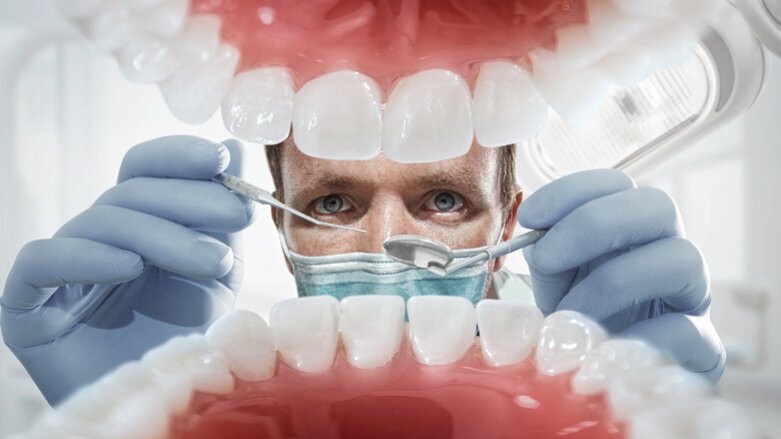

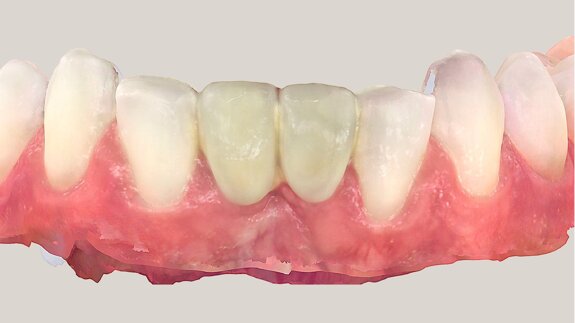



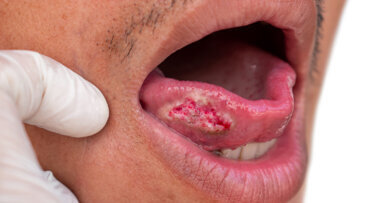

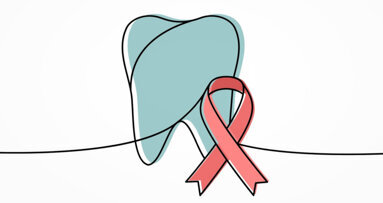
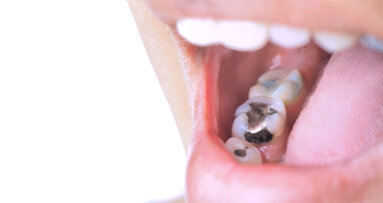














To post a reply please login or register